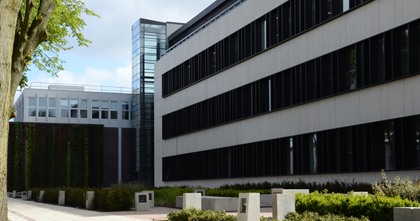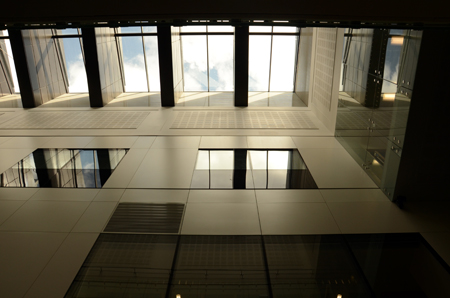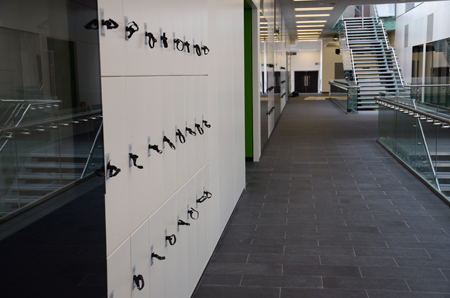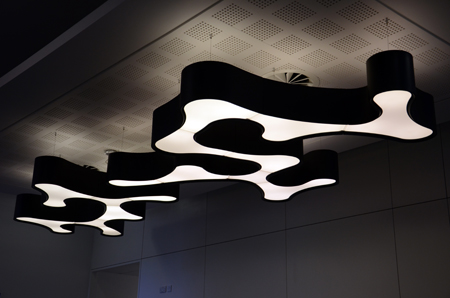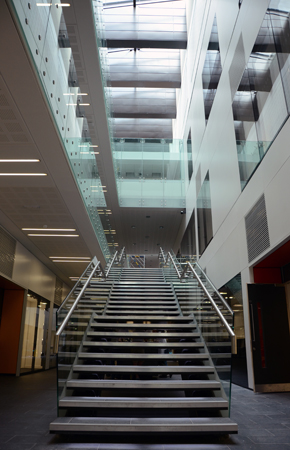New £23M Central Teaching Laboratory unveiled
Published on
The innovative CTL is set to change scientific teaching provision
The University of Liverpool has unveiled its new £23 million teaching laboratories, where hundreds of students will begin their studies in September.
The facilities are an innovation in the HE sector and are set to change scientific teaching provision across the UK by bringing together a variety of different science disciplines under the same roof to demonstrate to students the benefits of learning from other related scientific subject areas.
The ground floor Social Learning Space provides free wi-fi, alongside catering and refreshments
The Central Teaching Laboratories (CTL) include £5.6 million of state-of-the art laboratory equipment, designed to support new teaching modules and a variety of degree programmes, such as physics, earth sciences, chemistry and archaeology, as well as promote interdisciplinary science. The laboratories will allow students from different disciplines to work together to learn diagnostic and measurement skills that prepare them for employment.
Environmental Sciences Laboratory will be primarily utilised by Earth and Ocean Science, Geography and the School of Archaeology, Classics and Egyptology, among others
The University’s Chancellor, Sir David King, said: "This will be a superb facility for students studying physical sciences at Liverpool. It will transform the way science disciplines are taught at the University and should provide a model for the rest of the UK."
Pro-Vice-Chancellor for Student Experience, Professor Kelvin Everest, said "To further enhance the quality of scientific research and discovery in this country we must support the next generation of scientists in identifying methodologies in related subject areas to benefit their own discipline. By bringing together students from a variety of science-based degree programmes in one state-of-the art facility, we will promote the future of interdisciplinary research and communications across the scientific community."
The central atrium fills with natural light
Built around a central atrium, the facility has seven laboratories and can accommodate 1,000 students.
Physics students will benefit from a Radiation Laboratory, Mechanics Laboratory and an Optics and Electronics Laboratory. The Radiation Laboratory will also be used by Geography, Earth Science and Radiography students.
Lockers are provided for general use on the first floor atrium, and break out furniture will deliver more social space
Environmental sciences are taught in a large laboratory capable of accommodating 180 students in a single class. Due to its advanced design, the laboratory can be reconfigured to accept three smaller classes.
Chemistry is taught in two large, highly-serviced laboratories equipped with 67 fume cupboards and a general chemistry laboratory, home to a further six fume cupboards for undergraduate classes and school events.
Feature lighting adds to the new CTL’s character
The CTL will also be used for hosting events involving the local community, schools and colleges. The University is planning to run events for 2,000 students during the laboratories’ first year, growing this number to 5,000 students within three years.
Feature staircases connect the floors, while an advanced heat recovery system refilters and reuses warmth rising from lower floors
The new facility will be open to students from 24 September and officially opened at a formal launch event in October.
